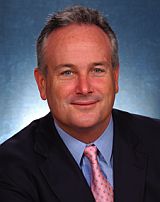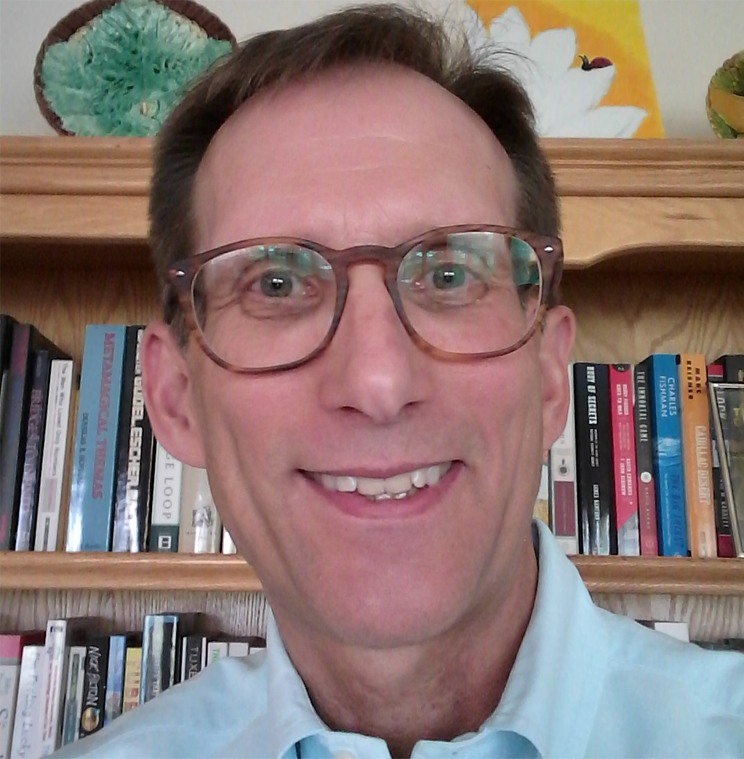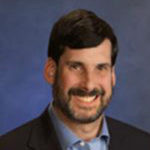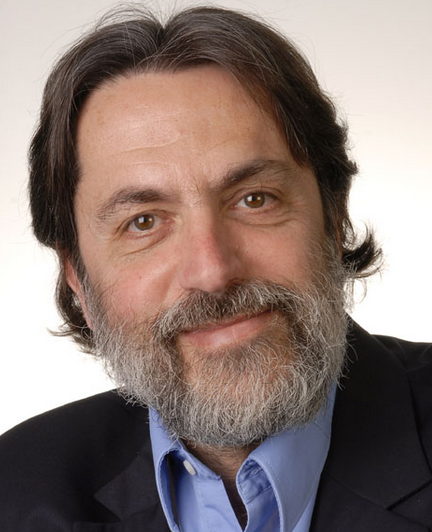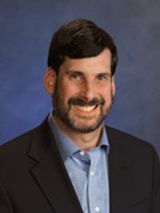By KEN TERRY
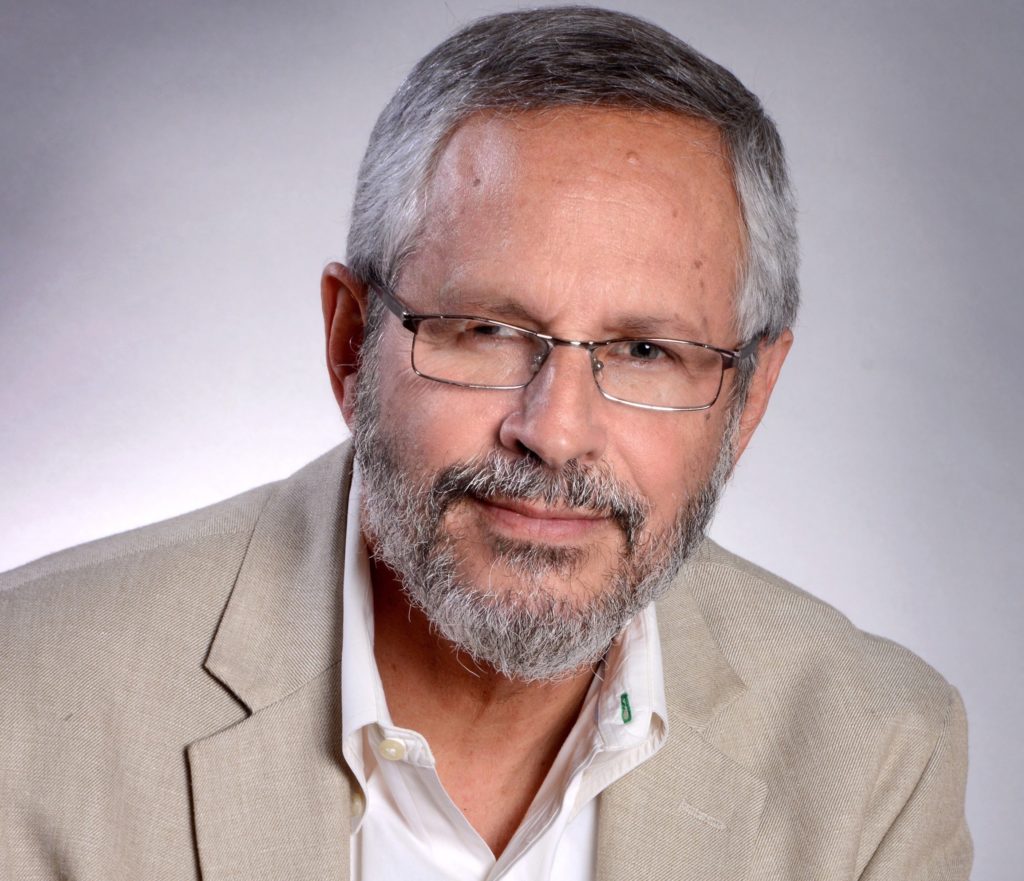
In the strangest healthcare business story of 2020, the major health insurance companies are thriving despite—or because of—the pandemic. As the second quarter reports of United, Anthem, Cigna and other insurers reveal, their COVID-19-related costs were outweighed by the sharp drop in claims for other healthcare services.
As a result, the second quarter operating gain for Anthem, one of the largest national carriers, jumped 65% from the prior-year period, while the portion of its premiums spent on member benefits dropped to 78%. The earnings of UnitedHealth, similarly, vaulted 98% as the percentage of its premiums spent on health care fell to 70.3%. Such a low “medical loss ratio” has probably not been seen since the 1990s.
At the same time, the big insurers’ membership has been rising, but not among workers covered by employer-sponsored plans. Commercial insurance members served by United, for example, fell by 270,000 to 26.8 million, following a drop of 720,000 in Q1. In contrast, the number of people in United’s Medicaid managed care plans rose by 330,000.
These trends track with the short-time fallout of the pandemic. Families USA reported that 5.4 million workers who lost their jobs from February to May also lost their health insurance. Another study predicted that by the end of 2020, 10.1 million people will lose employer-based insurance tied to someone in their household.
Continue reading…
